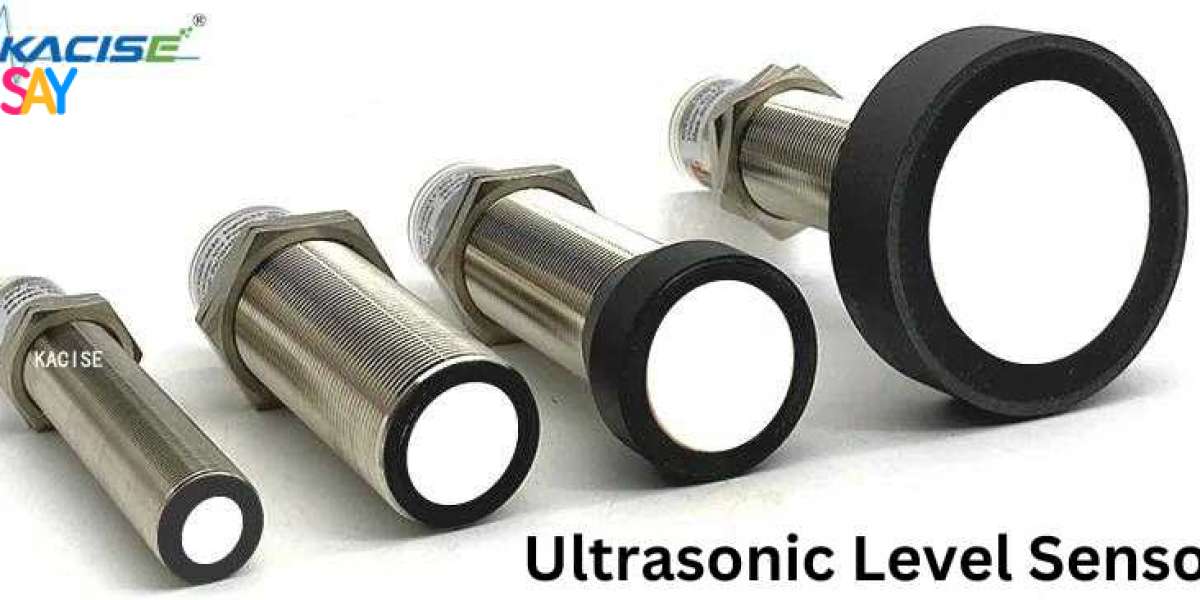How Ultrasonic Level Sensors Work
Ultrasonic-level sensors operate on a straightforward yet highly effective principle. They emit ultrasonic sound waves—beyond the range of human hearing—toward the surface of the material being measured. When these waves hit the surface, they bounce back to the sensor. By calculating the time it takes for the waves to return, the sensor can determine the distance to the surface and, consequently, the level of the material.
The simplicity of this technology belies its sophistication. Modern ultrasonic sensors can provide real-time, accurate measurements regardless of the material's composition or environmental conditions. This capability is especially valuable in environments where traditional sensors might struggle, such as in extreme temperatures or in the presence of dust, vapor, or foam.
Advantages of Ultrasonic Level Sensors
Non-Contact Measurement: One of the most significant benefits of ultrasonic level sensors is their non-contact nature. This characteristic eliminates the need for physical interaction with the material, reducing wear and tear on the sensor and minimizing maintenance requirements. It also means the sensor can measure materials that are corrosive, hazardous, or difficult to access.
High Accuracy and Reliability: Ultrasonic sensors offer impressive accuracy, often with a precision of millimeters. This level of detail is crucial in applications where even minor deviations can lead to significant issues, such as in inventory management or chemical processing.
Versatility: These sensors can measure a wide range of materials, from liquids and solids to slurries and powders. Their ability to adapt to various media makes them versatile tools in industries like manufacturing, agriculture, and water treatment.
Cost-Effectiveness: Despite their advanced technology, ultrasonic level sensors are often more affordable than other high-precision measurement devices. Their durability and low maintenance needs further enhance their cost-effectiveness over time.
Applications Across Industries
The versatility of ultrasonic level sensors makes them suitable for a broad spectrum of applications:
Industrial Automation: In manufacturing processes, ultrasonic sensors are used for monitoring levels of raw materials, finished products, and waste. They help optimize production lines and ensure consistent quality.
Environmental Monitoring: In water treatment facilities, these sensors measure the levels of wastewater, sludge, and other substances, helping to maintain system efficiency and comply with environmental regulations.
Agriculture: Farmers use ultrasonic sensors to monitor grain levels in silos and bins, ensuring that storage conditions are optimal and reducing the risk of spoilage.
Oil and Gas: In the oil and gas industry, ultrasonic sensors are employed to monitor liquid levels in tanks and pipelines, enhancing safety and operational efficiency.
The Future of Ultrasonic Level Sensors
As technology continues to advance, ultrasonic-level sensors are expected to become even more sophisticated. Innovations such as improved signal processing algorithms, enhanced resistance to environmental factors, and integration with IoT (Internet of Things) systems will further expand their capabilities and applications.
In conclusion, ultrasonic level sensors are revolutionizing the way industries measure and control material levels. Their non-contact measurement, high accuracy, versatility, and cost-effectiveness make them essential tools in modern applications. As technology progresses, these sensors will undoubtedly continue to play a pivotal role in optimizing processes and improving efficiency across various sectors.




